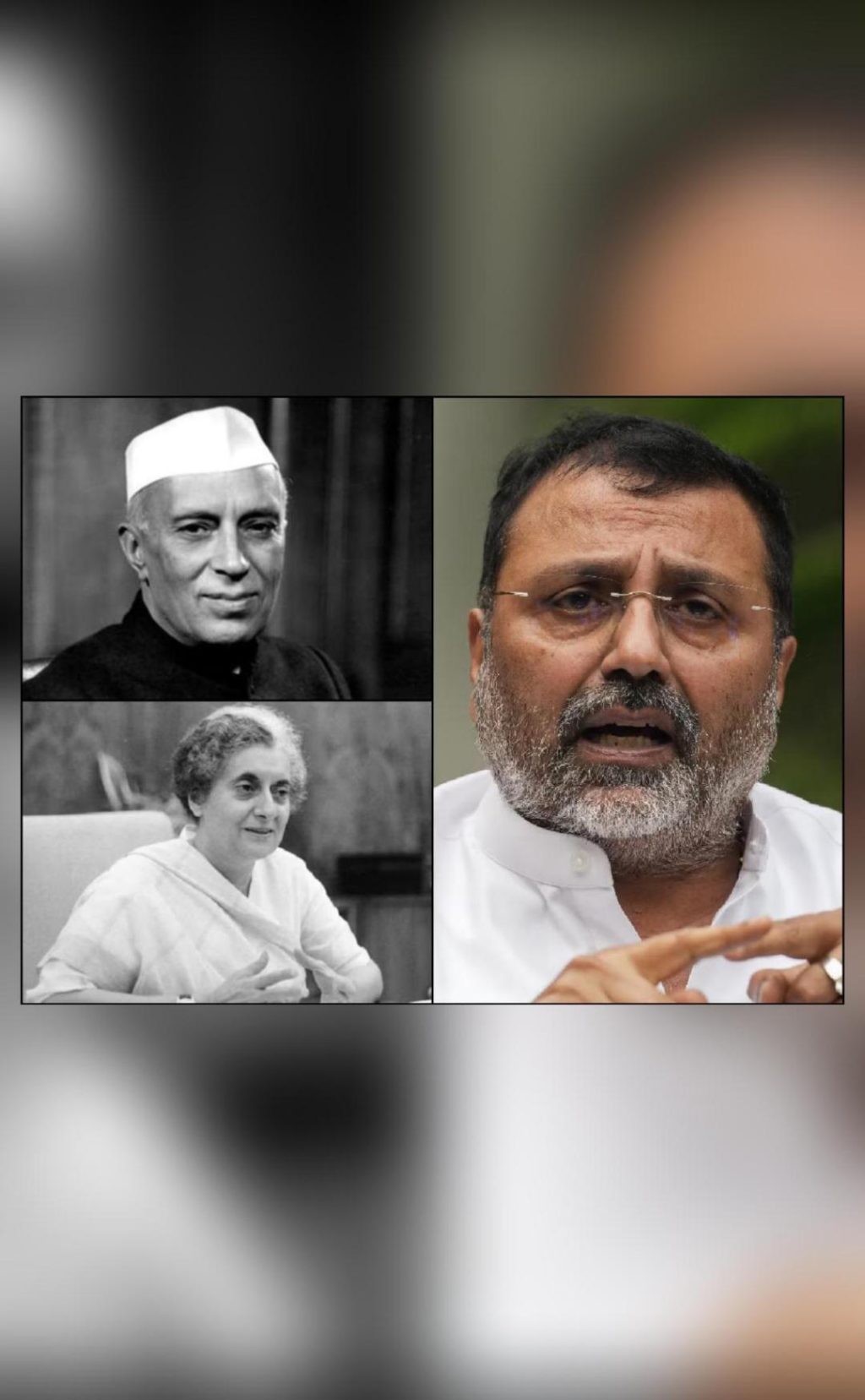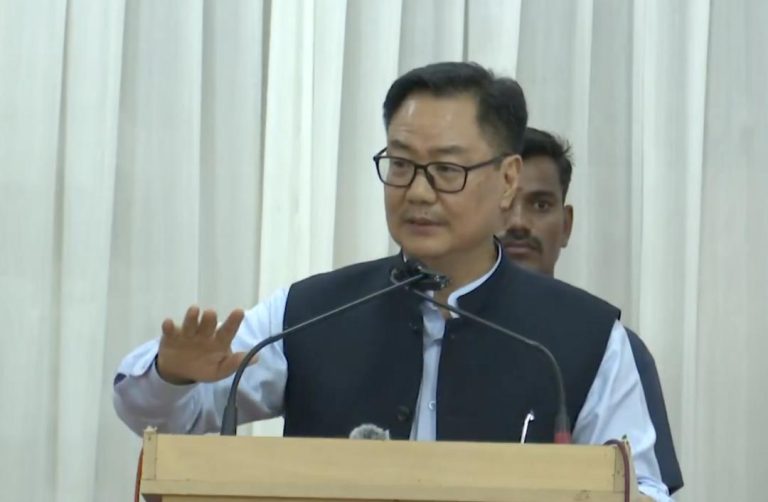
Nehru & Indira drove away Intel from India; it went to China: BJP
In a recent controversy, a Bharatiya Janata Party (BJP) Member of Parliament (MP) Nishikant Dubey has sparked a debate by claiming that the former Prime Ministers Jawaharlal Nehru and Indira Gandhi drove away semiconductor companies like Intel and Fairchild from India, leading these companies to establish themselves in China. This claim has been met with both surprise and skepticism by many, as it challenges the conventional narrative of India’s economic development.
According to Dubey, the absence of semiconductor companies in India during the Nehru and Indira Gandhi era resulted in a brain drain, where many Indian engineers and scientists migrated to the United States, particularly to Silicon Valley. He stated, “It was because of Intel that Silicon Valley developed in America, where more than half of the jobs are held by Indians.” This statement suggests that Intel’s presence in the US led to the growth of the Valley, and in turn, the Valley’s growth was fueled by Indian talent.
Dubey’s claim is rooted in the fact that Intel, a pioneer in the semiconductor industry, was one of the first companies to establish itself in the United States. Founded in 1968, Intel developed the first microprocessor, the Intel 4004, which revolutionized the computer industry. Fairchild Semiconductor, another prominent company in the industry, was also established in the US in the 1950s.
However, several experts have questioned Dubey’s claim, pointing out that India had its own indigenous semiconductor industry during the Nehru and Indira Gandhi era. In the 1950s and 1960s, India had a thriving electronics industry, with companies like Hindustan Electronics, Bharat Electronics, and India Electronics playing a significant role in the country’s economic development. These companies produced a range of electronic components, including semiconductors, for both domestic and international markets.
Moreover, India had a strong research and development (R&D) base during this period, with institutions like the Indian Institute of Technology (IIT) and the Indian Institute of Science (IISc) producing talented engineers and scientists. Many of these engineers and scientists went on to work in the electronics industry, both in India and abroad.
It is also worth noting that the Indian government’s policies and regulations during the Nehru and Indira Gandhi era were not entirely hostile to foreign investment. While the government did impose restrictions on foreign investment in certain sectors, it also encouraged foreign participation in the electronics industry through policies like the “License Raj.” This regime allowed foreign companies to invest in India, subject to certain conditions and regulations.
Despite these arguments, Dubey’s claim has sparked a heated debate about India’s economic development during the Nehru and Indira Gandhi era. Some have argued that India’s lack of success in attracting foreign investment, particularly in the semiconductor industry, was due to a combination of factors, including government policies, infrastructure limitations, and a lack of entrepreneurial spirit.
However, others have pointed out that India’s economic development during this period was still marked by significant achievements, including rapid industrialization, infrastructure development, and significant improvements in healthcare and education. They argue that Dubey’s claim is a simplification of a complex issue and that India’s economic development during this period was shaped by a range of factors, including government policies, international events, and domestic factors.
In conclusion, while Dubey’s claim has sparked a debate about India’s economic development during the Nehru and Indira Gandhi era, it is essential to approach this issue with nuance and historical context. While India did face challenges in attracting foreign investment, particularly in the semiconductor industry, the country’s economic development during this period was still marked by significant achievements. It is crucial to recognize the complexities of India’s economic development during this period and to avoid oversimplifying the issue.
News Source:






